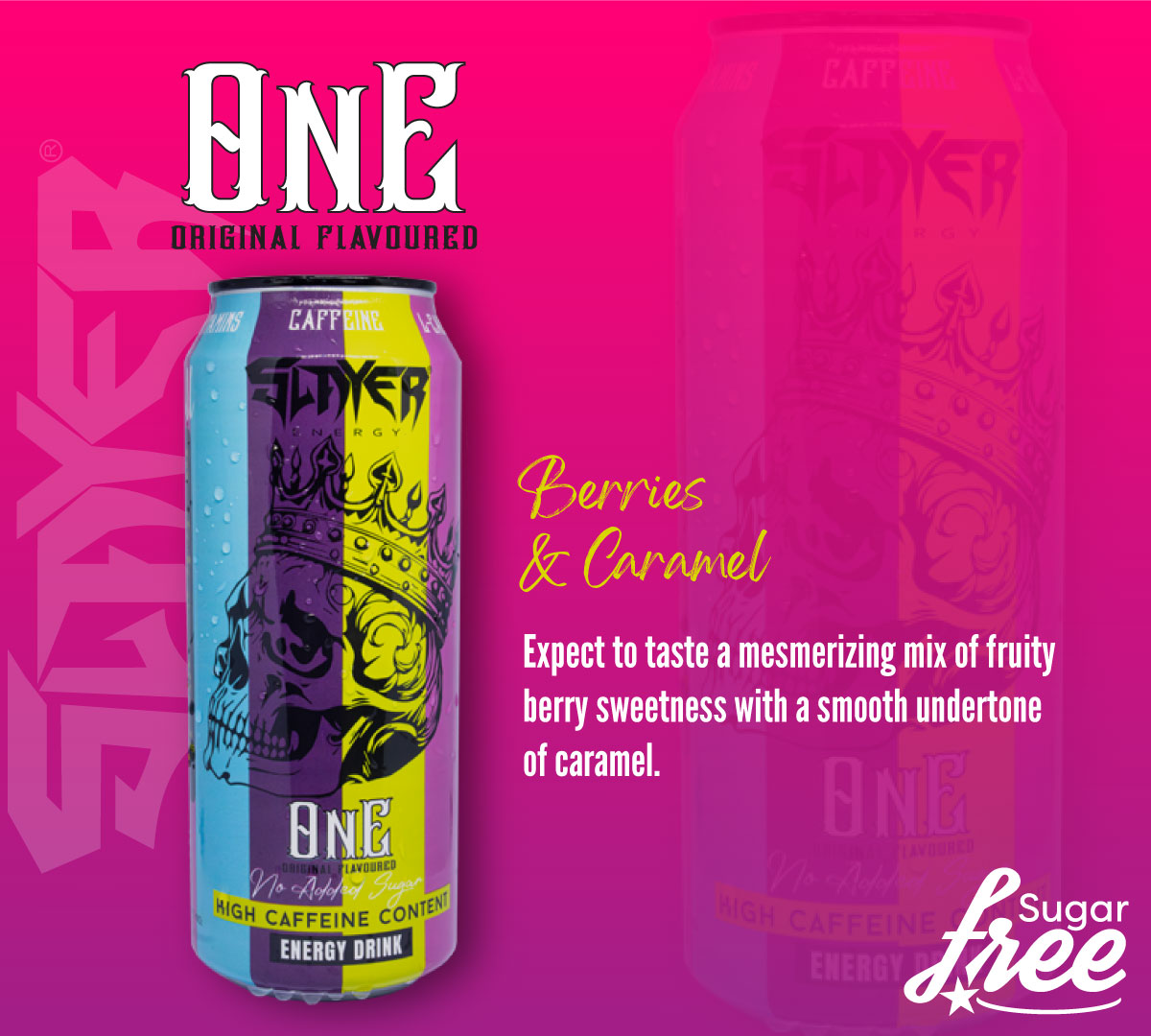The Art & Science Of Roasting Coffee
Roasting coffee is both an art and a science.
By applying science we can achieve subtle variations or consistency in our coffee. We do this by consistent testing and measuring and applying the data learnt to achieve the result we desire. The art in roasting is applied by the roaster and essentially means that we use poetic license, passion and experience to create a variety of tastes, aromas, and nuances to bring out the best in each bean. We do this by using each of the five senses when roasting. The most important of which are: hearing when the beans crack, watching the colour of the bean to determine darkness of the roast and smelling the roast to pick up any potential inconsistencies.
The passage of the bean from the farm to a cup is fascinating. During our coffee-cupping events hosted at our roastery, we spend some time teaching customers about how much love, passion, and processes are applied to the coffee bean throughout it being the seed in the ground, the cherry in the tree, the green bean delivered, the roasted bean, to the final product and how it is prepared. What never ceases to amaze us is the level of interest peaked in people once their eyes are opened to the amount of effort, passion, and science put into every cup of coffee that they drink. We strive to make sure that people never look at coffee in the same way again through this educational experience, so that their own coffee journey through the rabbit hole can begin.
We can make the same coffee bean taste over 1000 different ways. This is the first statement we start with in any of our training sessions. It is the main reason we love what we do so much. There is no ‘perfect’ way to roast or prepare coffee. The goal is always changing and internationally we are always improving. Imagine for a moment one type of bean from a single origin (one particular farm) let’s say in Brazil. Depending on the amount of rain, humidity, soil and many more variables a bean from the same farm can taste more lemony one year and more like orange the next.
As an aside the coffee flavour wheel has double the flavours that you can taste to the wine flavour wheel (I can write about this in a future post). Once we receive the bean in 60kg bags our roasting process starts. With the following variables we can roast the coffee to taste 100’s of different ways. Time -How long we take to roast it. The longer you roast the more oil you draw from the coffee and the more different the flavours. Everyone knows the difference between a light and dark roast but not many people understand that a 20 second difference when roasting can change the coffee completely. A batch can take between 8 and 15 minutes depending on what you want to roast.
Dosage -How much coffee so we put in the roaster. A 10% difference here influences the temperature in the roaster tremendously which changes the roast profile which changes the flavour. Temperature- This could be one of the most important variables. Some beans are naturally harder, some beans are softer, and this affects the temperature we need to roast at. We can roast the same coffee and pull it out of the roaster at 185, 187 and 189 degrees and it will taste completely different at each temperature. Without going onto too much detail each of the above affects the other exponentially. Like if you put less beans in the barrel, roast the coffee longer and at a higher temperature you would have a completely different tasting coffee to more beans, longer roast and lower temperature. The variables alone allow for us to make one bean taste so many different ways it is mind boggling.
And that is just a bean from one farm, not even when we blend (that’s when we take coffees from different countries and blend them together to get a different taste), this happens after we roasted the beans from a single origin in their own roast batch. This does not even start to explain the importance of the barista and the variables they have at their disposal to make the same coffee taste completely different (I think I can leave this one for another post too) If the science of coffee roasting is the path, then the art is the ability to wander around a bit and still arrive at the desired destination.

Slayer Energy Drink
Tastes Like A Soda, Kicks Like An Energy Drink!
160mg Caffeine per can
